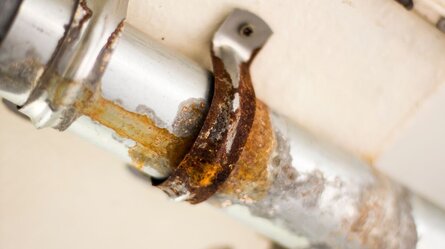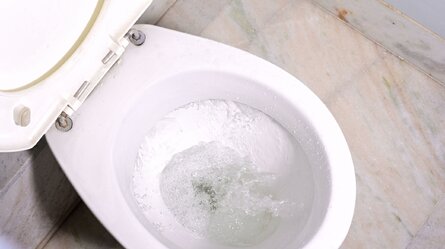It’s crucial to install backflow prevention devices following performance requirements and Australian standards to safeguard our vital water supply. This article digs into the regulations around installing and maintaining these devices to keep our drinking water safe.
By understanding the proper installation and testing required for backflow prevention devices in water service lines, we can ensure contaminants do not reverse flow into our drinking water systems, impacting water quality and public health.
What is Backflow, and Why is Prevention Important?
Backflow occurs when water flows in the opposite direction from its intended supply line and course, allowing contaminants to enter the drinking water system. This reversal in flow direction can be caused by back pressure or back-siphonage. Backflow contamination can lead to widespread illness outbreaks from bacteria, chemicals, or other hazardous substances.
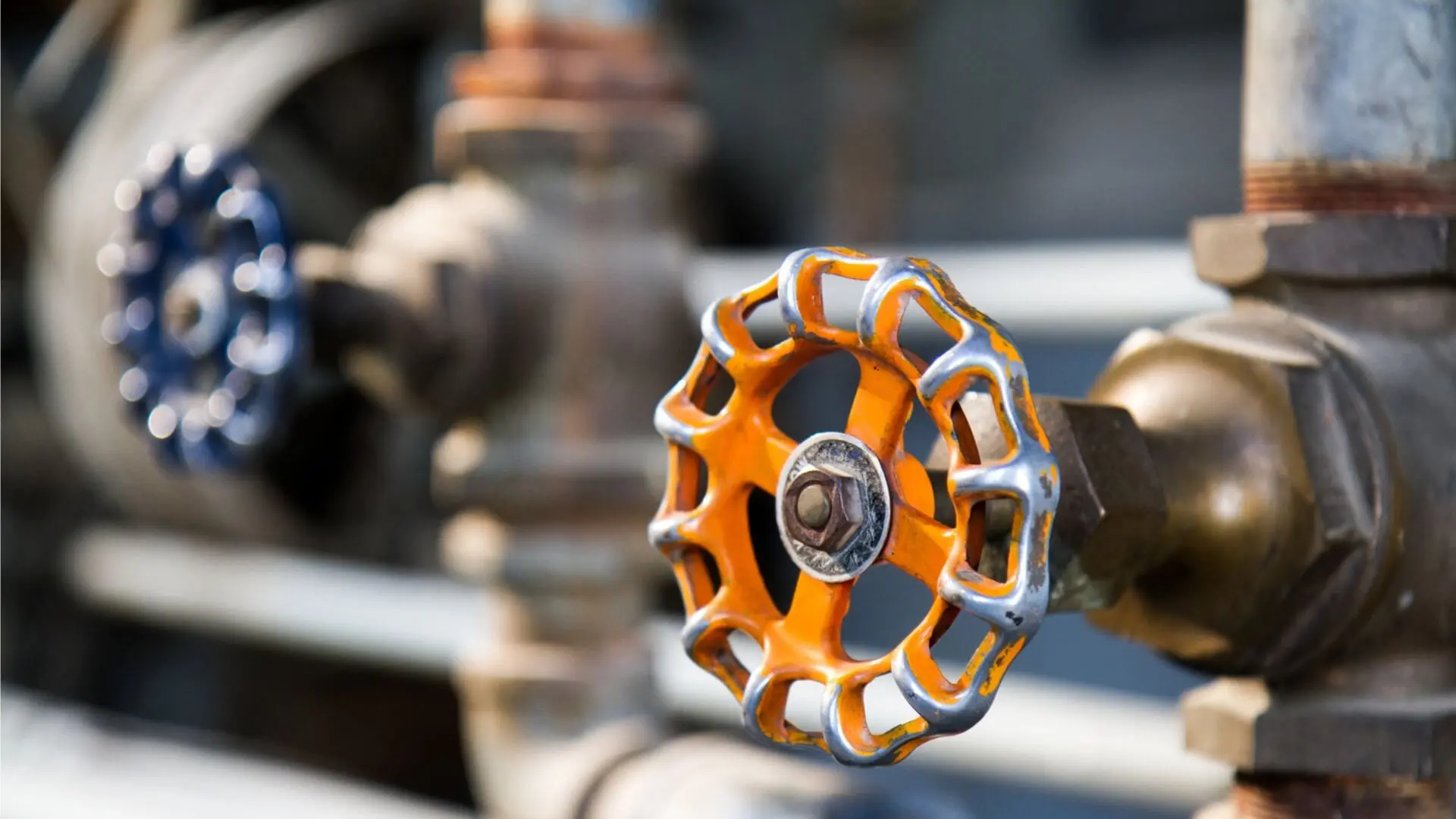
Proper backflow prevention devices protect public health by stopping contaminated water from infiltrating building supply lines and the broader municipal water supply system. Preventing backflow is crucial for maintaining water quality and safety for all users.
Understanding the Australian Standard for Backflow Prevention
The Australian standard AS/NZS 3500.1:2018 Plumbing and Drainage Part 1: Water Services specifies requirements for backflow prevention devices and backflow prevention in plumbing systems. This national standard aims to ensure the safety and quality of drinking water supplies.
The standard defines backflow requirements, approved backflow prevention devices, installation specifications, testing procedures, and maintenance expectations. Compliance is mandatory for authorities, licensed plumbers, and property owners. Non-compliance can lead to expensive rectification and risks to public health.
Types of Backflow Prevention Devices and Installation Requirements
There are two main types of mechanical backflow prevention devices:
- Testable devices like reduced pressure zone devices (RPZD) and double-check valves. These contain resilient, testable check valves and vent relief for higher-hazard situations.
- Non-testable devices such as dual check valves. These are cheaper but cannot be easily tested for performance.
Backflow prevention devices must be selected based on the application and level of risk. Approved devices certified to Australian standards ensure adequate protection from backflow. They must be installed following manufacturer specifications by a licensed plumber.
Assessing Hazard Ratings and Required Backflow Prevention
The standard includes hazard ratings that guide which type of backflow prevention device is needed to stop contaminated water from entering the supply.
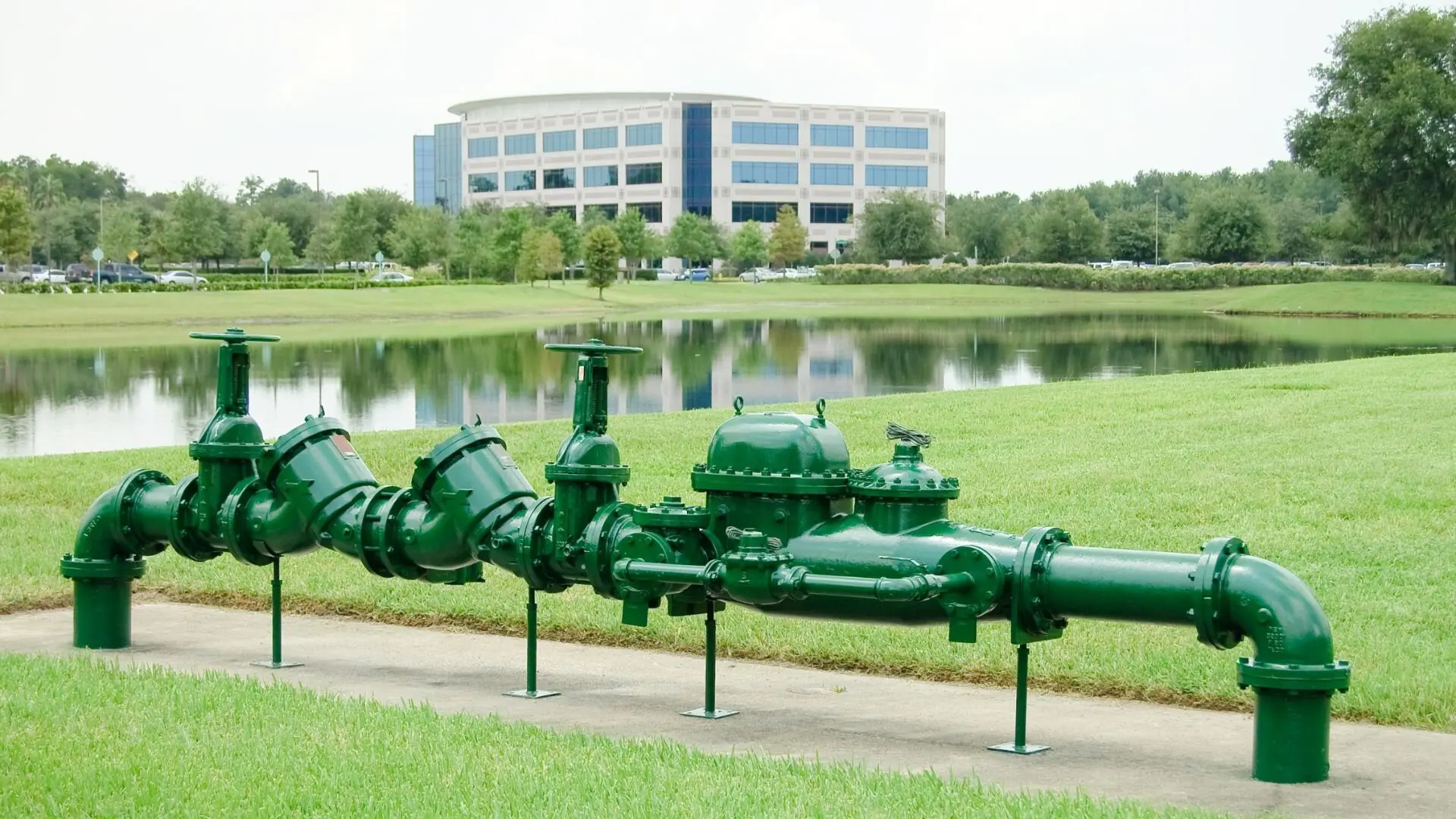
High Hazard Situations
Critical protection is required for high-hazard situations involving severely toxic and dangerous contamination risks. To prevent backflow, a reduced pressure zone device must be installed. Examples include chemical processing plants, fire sprinkler systems with additives, and laboratory water lines.
Medium Hazard Conditions
Potentially hazardous situations require the installation of a testable backflow prevention device like a double-check valve. These include hospitals, multi-story buildings, food processing plants, and complex plumbing systems.
Low-Hazard Environments
A non-testable dual check valve is sufficient for backflow prevention device installation in low-hazard environments with minimal risk of dangerous contamination. Simple single-story homes and standalone commercial buildings often fall under the low-hazard category.
Testing and Maintenance Protocols
The standard specifies requirements for testing and maintenance of installed backflow prevention devices. All testable devices must undergo regular checks by qualified personnel to validate proper functioning under pressure and prevent backflow into the water supply.
Backflow Prevention in Key Water System Applications
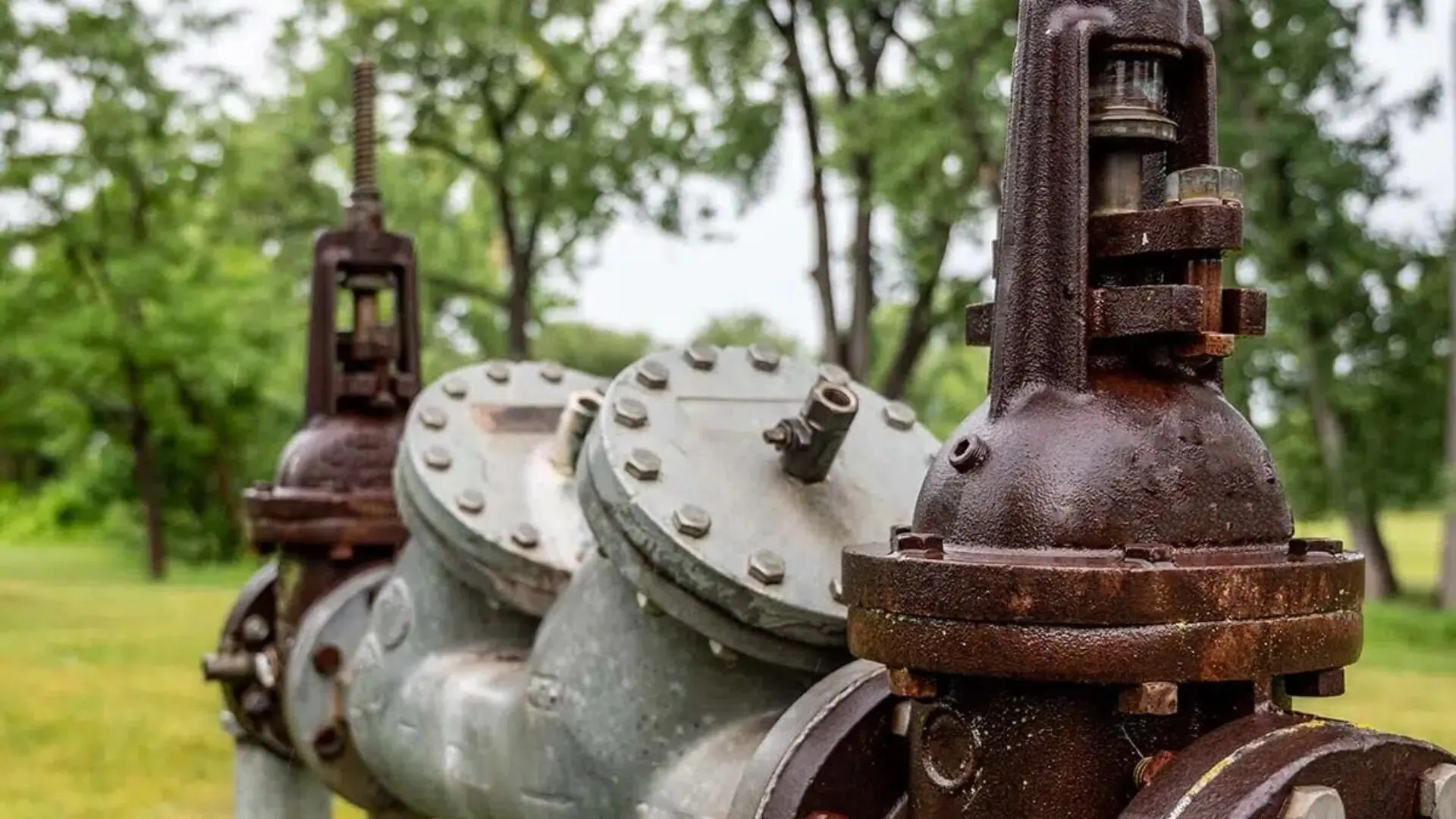
Fire Sprinkler Systems
Fire sprinkler systems require approved backflow prevention devices to prevent contamination risk. The type of device needed depends on the sprinkler system design and components. For example, systems with chemical additives or onsite storage tanks pose a higher hazard and need reduced pressure zone devices.
Uncontaminated water-only fire sprinkler systems may only require a double-check valve in some cases.
Recycled and Reclaimed Water Systems
Any recycled or reclaimed water system for non-potable reuse must have a reduced pressure zone device or registered air gap installed to separate it from drinking water supply lines. This prevents any accidental cross-contamination.
The high hazard of these non-potable water sources means an RPZ or physical separation from the drinking water is always mandatory.
Internal Plumbing and Water Services
Backflow prevention helps prevent cross-connection contamination within a building or property’s potable cold and hot water supply lines.
Double-check valves or reduced pressure zone devices installed internally on the water service lines prevent backflow within the plumbing system by stopping contaminated water from reversing into the clean drinking water flow. This protects occupants from internal plumbing cross-connection risks.
Roles and Responsibilities in Backflow Prevention Compliance
Implementing proper backflow prevention to protect water systems and public health requires collaboration between various responsible parties.
Water authorities assess backflow risks, enforce the installation of certified prevention devices, conduct compliance inspections, and educate the public.
Licensed plumbers need to grasp the regulations to fit the right backflow devices for any scenario, handle regular testing and maintenance, and fix or swap out broken gear. Their know-how is vital for keeping devices working properly.
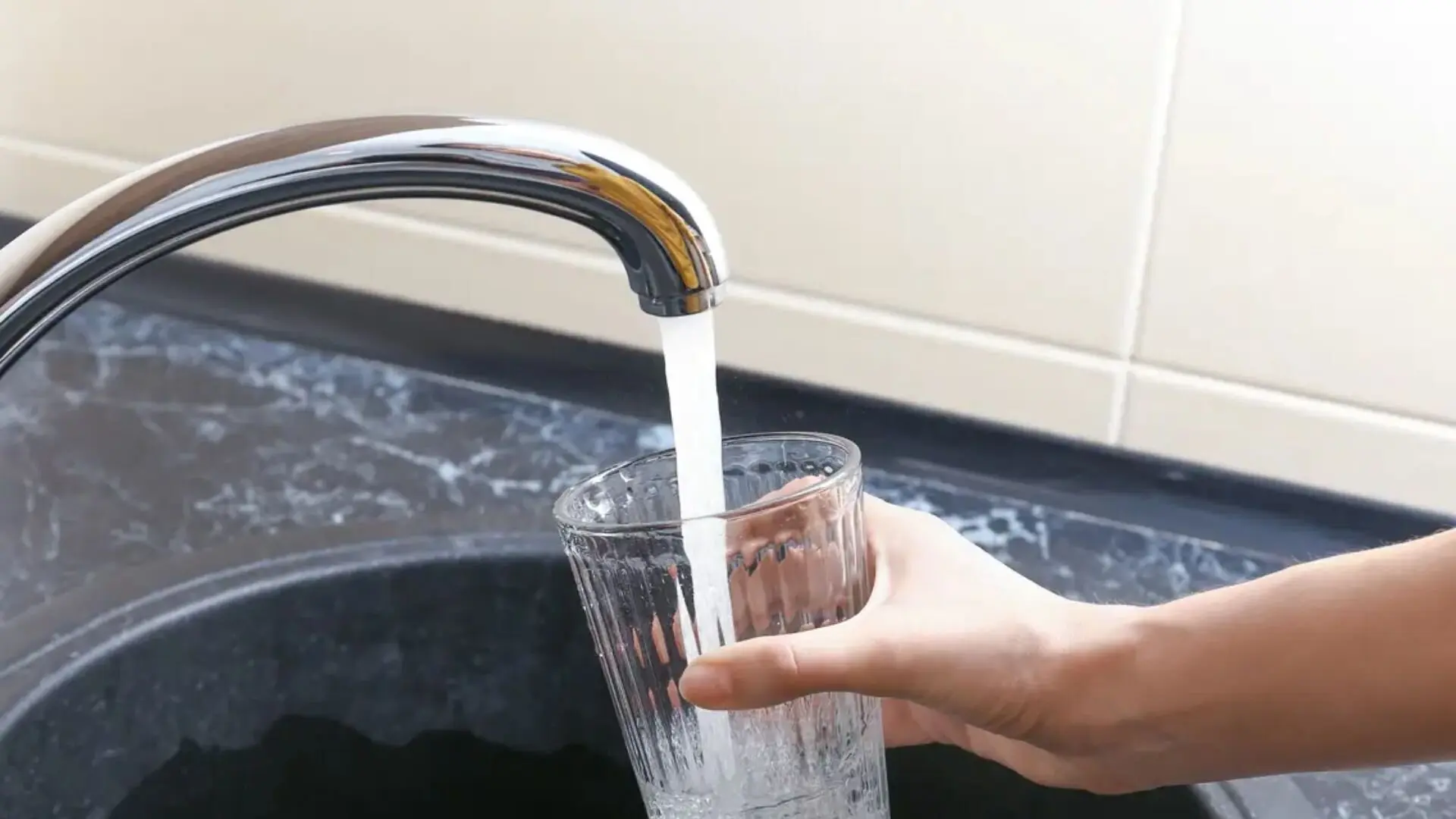
Property owners and managers hold responsibility for arranging the installation of mandated equipment, submitting testing records, and fixing or replacing defective devices promptly. Their participation ensures compliance onsite.
Authorities, licensed professionals, and property stakeholders coordinate their efforts to uphold safety through regulatory adherence, proper installation, routine testing, maintenance repairs, and open communication. Shared vigilance, investment, and cooperation enable effective backflow prevention and give communities confidence in access to clean, contaminant-free drinking water.
Ensuring Ongoing Backflow Prevention
The Australian Standard provides a vital framework for managing backflow risks through proper installation, testing, and maintenance of certified backflow prevention devices. While preventing backflow requires diligence and investment from authorities, plumbers, and property owners alike, the rewards are reliable access to clean, safe drinking water.
Reach out to the specialists at Woolf Plumbing & Gas in Perth for help with your backflow prevention tasks. Our skilled plumbers can install certified backflow devices, handle routine testing and inspections, and manage maintenance, repairs, or replacements. Plus, we collaborate with authorities to ensure everything’s compliant. Don’t risk backflow prevention—work with a plumbing company you can trust.
Call Woolf Plumbing & Gas in Perth today for affordable solutions that protect your plumbing system and our community’s precious drinking water quality.
Australian Backflow Standards FAQs
What type of backflow prevention device must be installed on a high-rise building’s water supply system?
To comply with backflow prevention requirements, a testable double-check valve backflow prevention device would need to be installed on the water supply system of a high-rise building.
How are hazard ratings used to determine which backflow device to install?
The hazard rating assessed for a water supply system determines which type of backflow prevention device needs to be installed. High-hazard systems require reduced pressure zone devices. In contrast, low-hazard hazards may only need a non-testable dual check valve.
Why must backflow prevention devices be installed on recycled water lines?
Recycled water is viewed as a high hazard, so it’s essential to install reduced pressure zone backflow prevention devices on recycled water lines. This separation keeps it apart from drinking water systems.
What are the testing requirements for installed backflow prevention devices?
Testable installed backflow prevention devices must be checked regularly by qualified personnel to validate they are functioning correctly under pressure to prevent backflow into the water supply.
How can I confirm my property complies with backflow device installation?
Hire a licensed plumber to assess your plumbing system’s hazard rating and install certified backflow prevention devices as needed to comply with requirements. Maintain devices properly.



